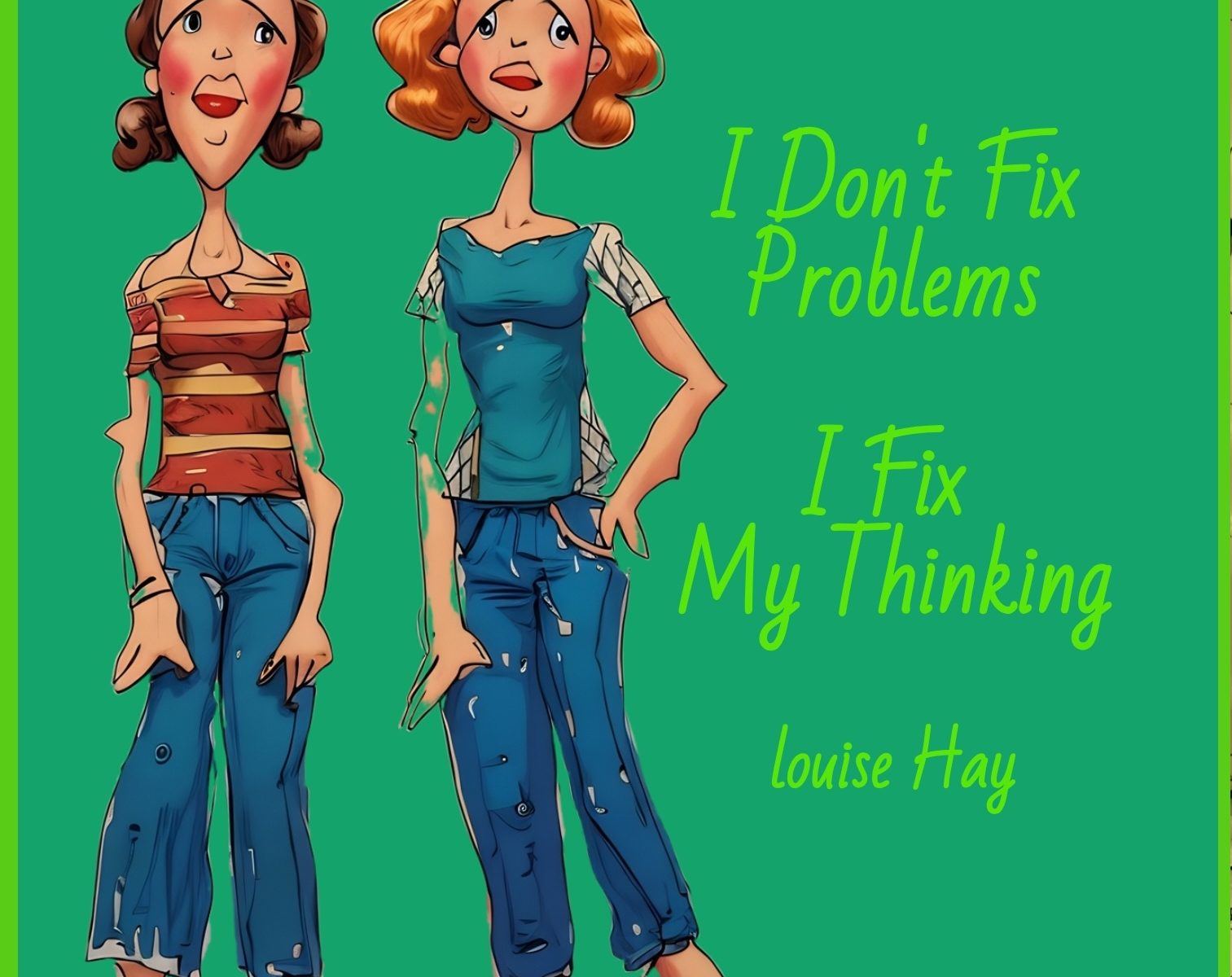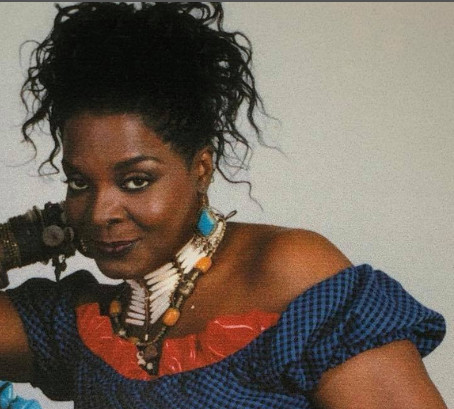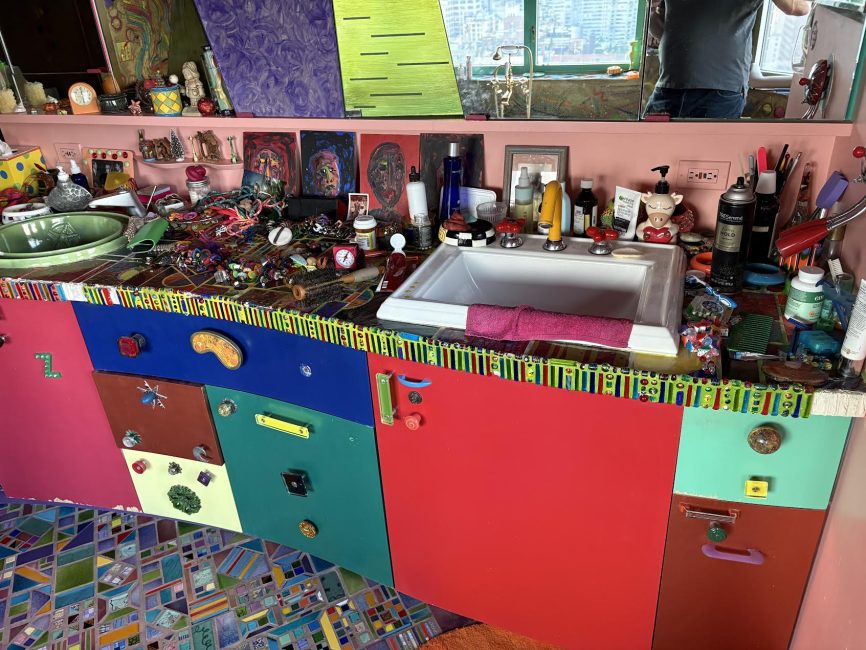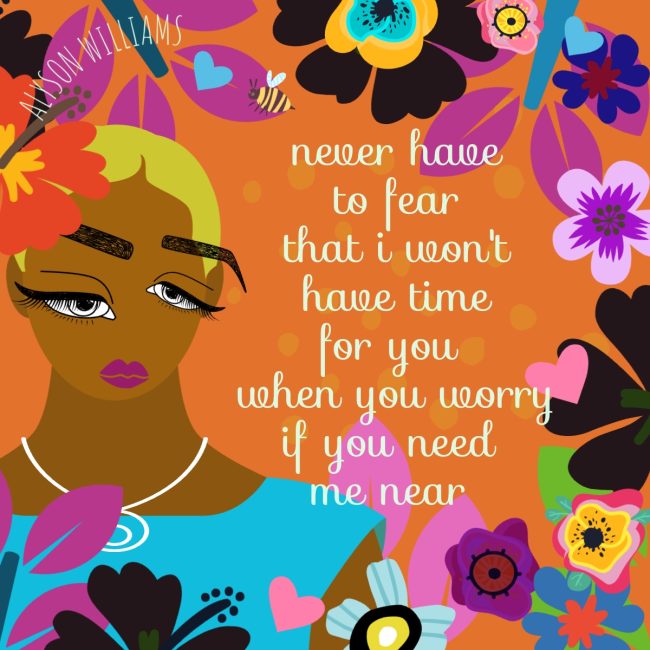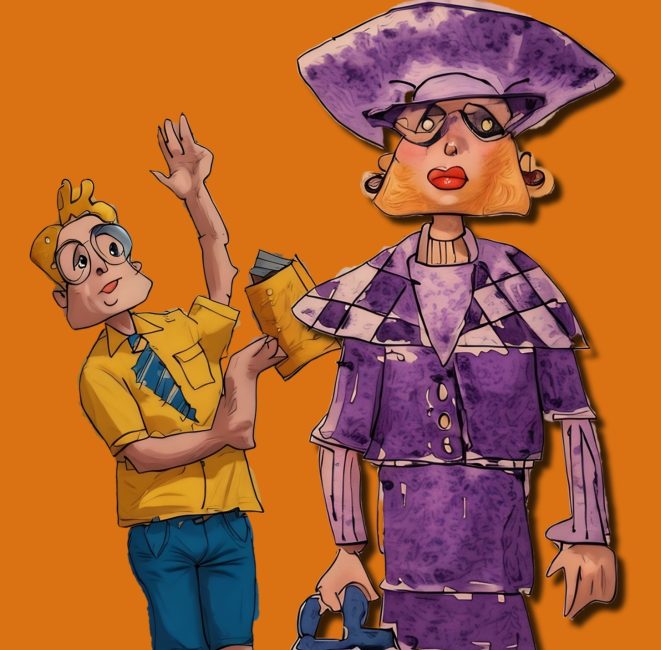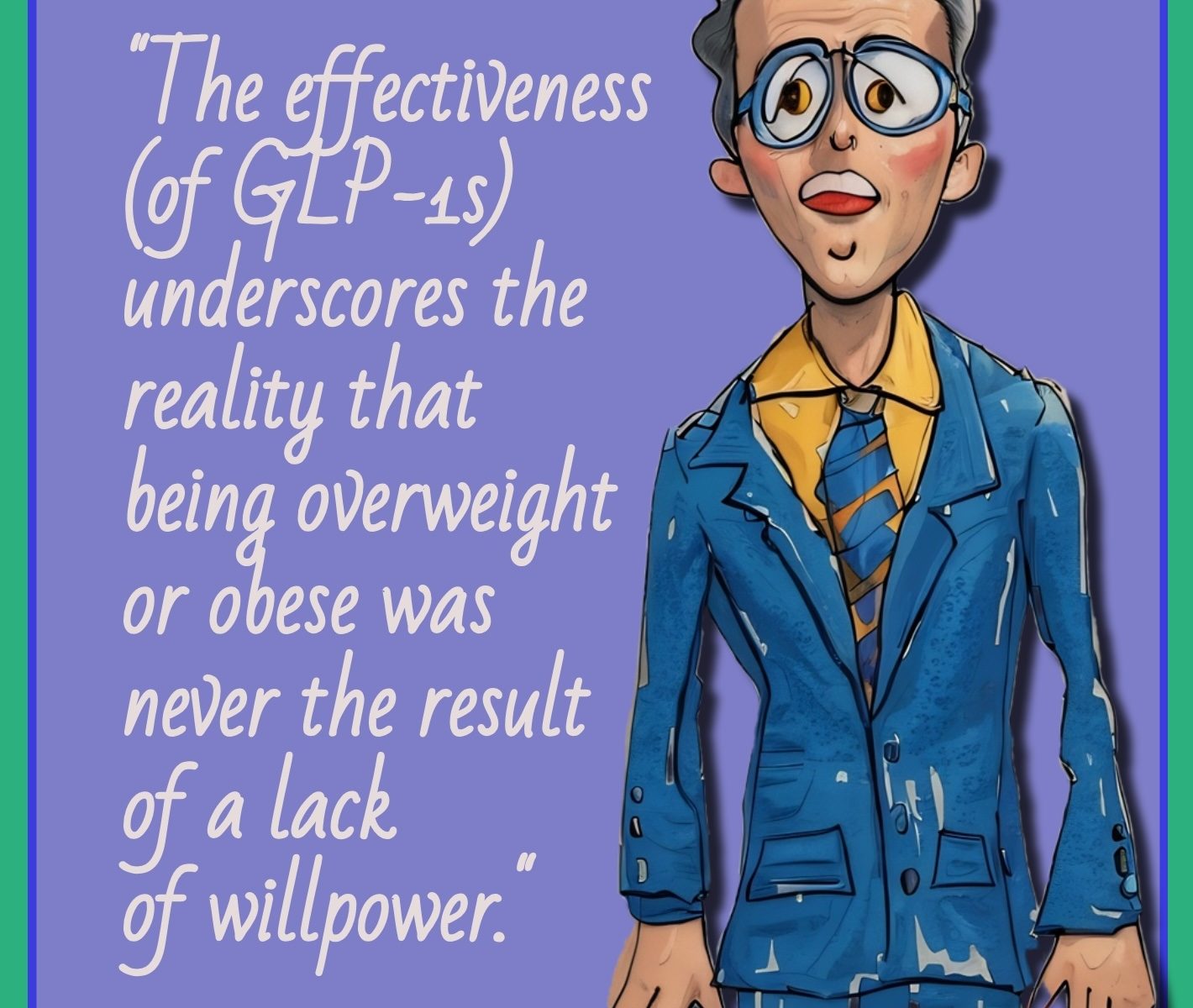I feel like my patience has eroded. I don’t know about you, but I struggle with waiting for a traffic light to change from red to green. To make it easier, I’ve tried turning it into a game: can I wait for the light to change before crossing the street, even if there’s no oncoming traffic? Most of the time, I can’t manage it. It feels like my patience is eroding. Many people believe that the decline of patience in modern society is due to the fast-paced nature of technology and the prevalence of instant gratification.
How patient are you?
I remember a woman named Roberta who attended our Divabetic Club meetings. We hosted free monthly diabetes support meetings at the McBurney YMCA, and Roberta epitomized patience. She had been living with type 1 diabetes for over three decades and often referred to herself as a “brittle diabetic.” This term describes a specific form of diabetes characterized by frequent and severe fluctuations in blood sugar levels.
Roberta explained that she practiced the Rule of 15 for treating low blood sugars. The Rule of 15—or the 15-15 rule—is a guideline for managing hypoglycemia in people with diabetes. It involves consuming 15 grams of fast-acting carbohydrates, waiting 15 minutes, and then checking your blood sugar again. If it’s still low, you repeat the process until your blood sugar returns to a safe level.
Roberta mentioned that she would light a candle and watch it melt while waiting for the 15 minutes to pass. If she needed to retreat, she would continue lighting the candle. I wonder how many people would be willing to do that today. I’m certain most would be scrolling through Instagram or consuming fast-acting glucose to resolve their issue as quickly as possible.
There’s a lot to be said for exercising patience in managing good health.



